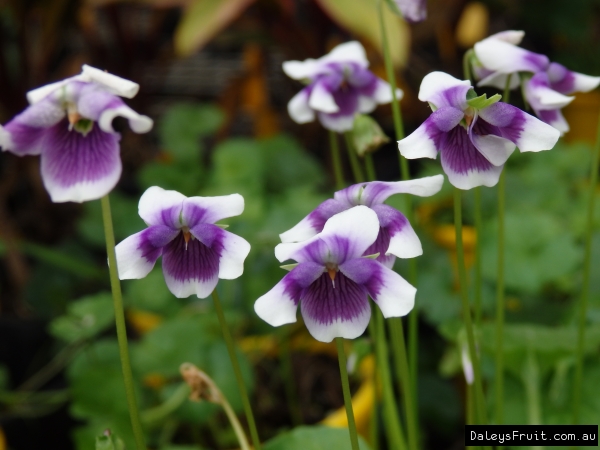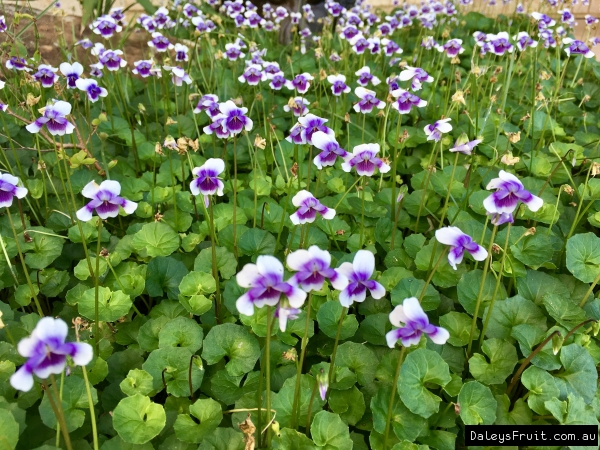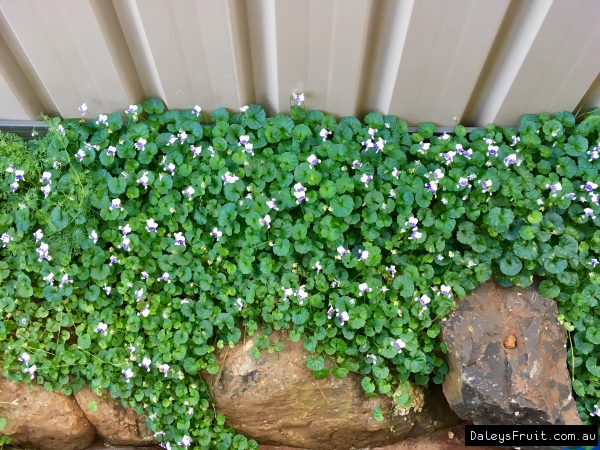Native Violet
Viola hederacea$5.75
When will it be in Stock?
We previously had the most to buy in Jan and Aug. With limited quantities for sale in other months. They are unlikely to be available in Feb.
Specifications of Native Violet
Preferred Climate SubtropicalLearn About Climate Zones
Grown From RhizomeLearn About Propagation Methods
Max Height (when in the ground with good conditions) 0-1m
Can it Handle Frosts? Yes
Amount of leaves in Winter? All Leaves (Evergreen)
Water Requirements Moderate Watering
Time to Fruit/Flower/Harvest First Year
Sun or Shade Part (Sun:50-80%), Shade (Sun:0-50%)
Preferred Soil Type Good Drainage
Soil pH Moderately Acidic (5.5-6.5), Neutral (6.6-7.3pH)
Fruiting/Harvest Months January, February, March, April, May, June, July, August, September, October, November, December
Customers also bought
These plants are often purchased together. Also check plant information for suitability in your orchard.
Dwarf Persimmon - Ichikikijiro (NA)
$79.00 ($79.00-$79.00 choose a size)
Dwarf Avocado - Wurtz (A)
$79.00 ($54.00-$99.00 choose a size)
Dwarf Mulberry - Black
$34.00 ($19.75-$79.00 choose a size)
Jujube - Honey Jar
$124.90 ($119.00-$124.90 choose a size)
Avocado - Reed (A)
$54.00 ($54.00-$79.00 choose a size)
Finger Lime - Red
$69.00 ($34.00-$149.00 choose a size)
Customer Tips & Reviews Native Violet
TWEED HEADS WEST, NSW
Native Violet
This is a lovely little ground cover which is starting to spread. Very healthy





































